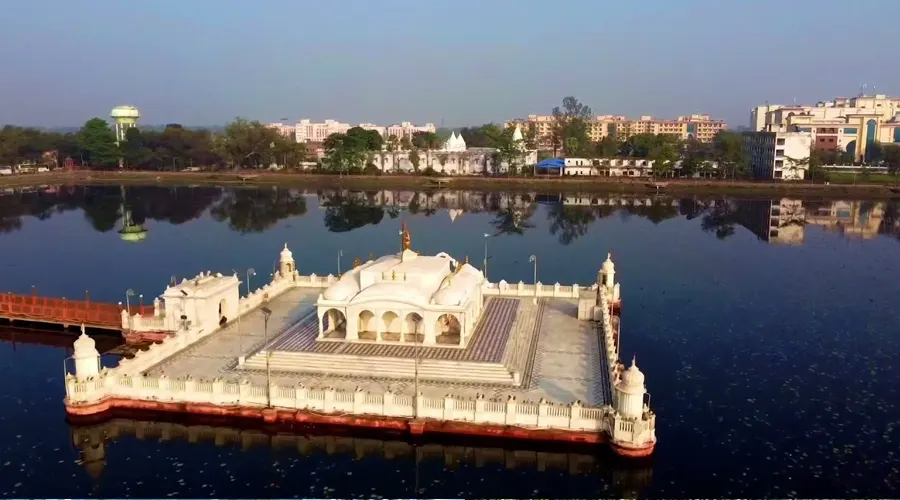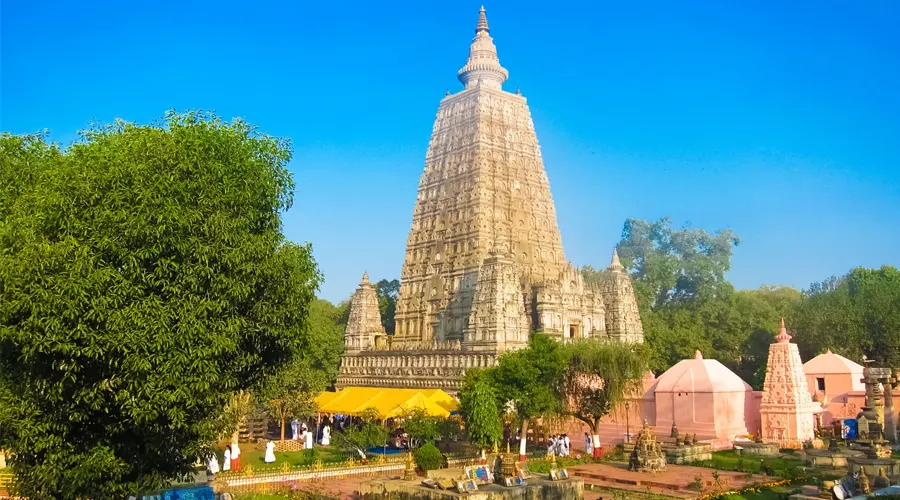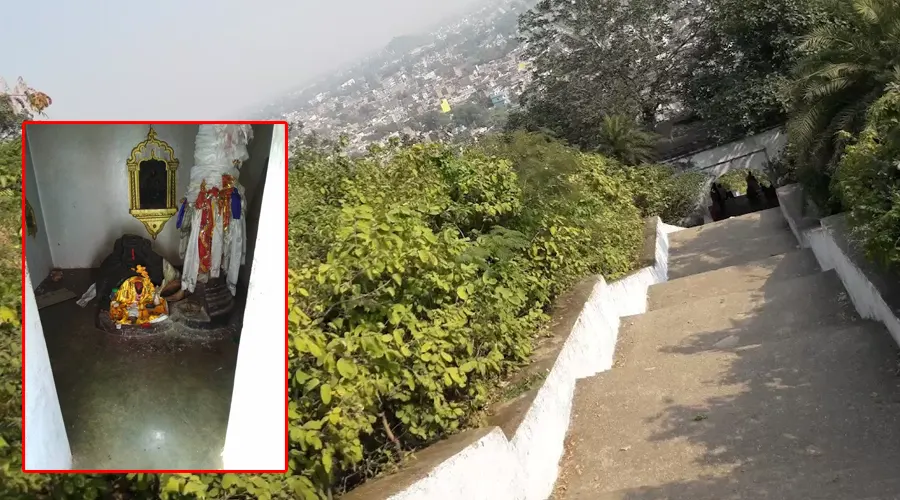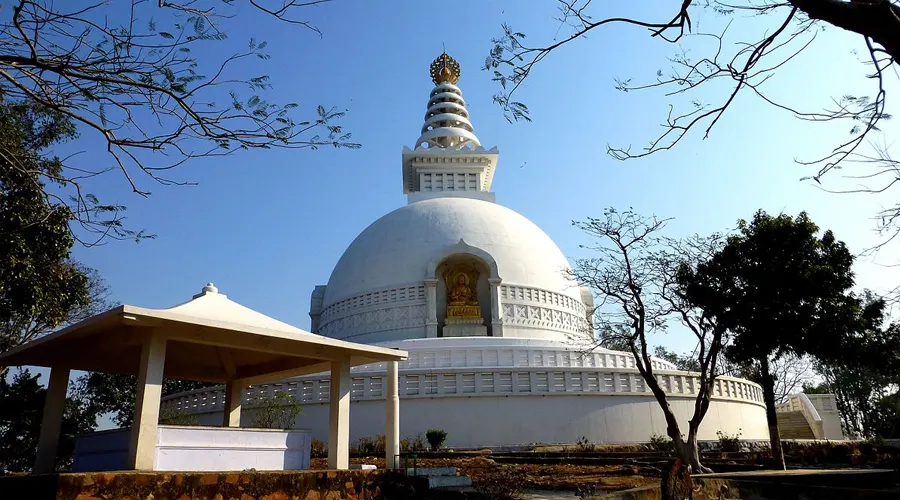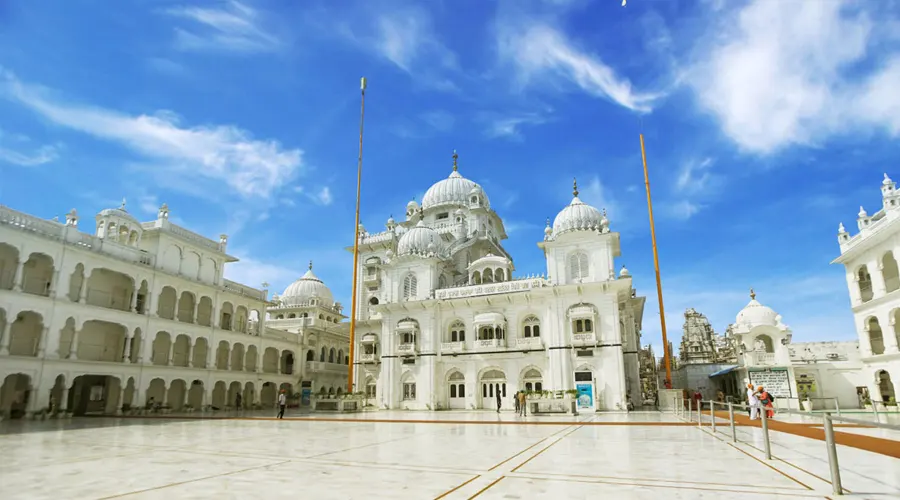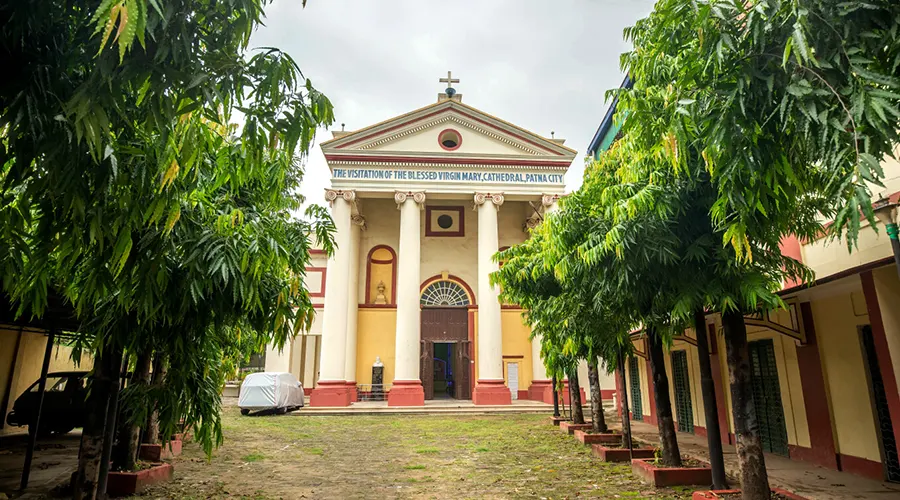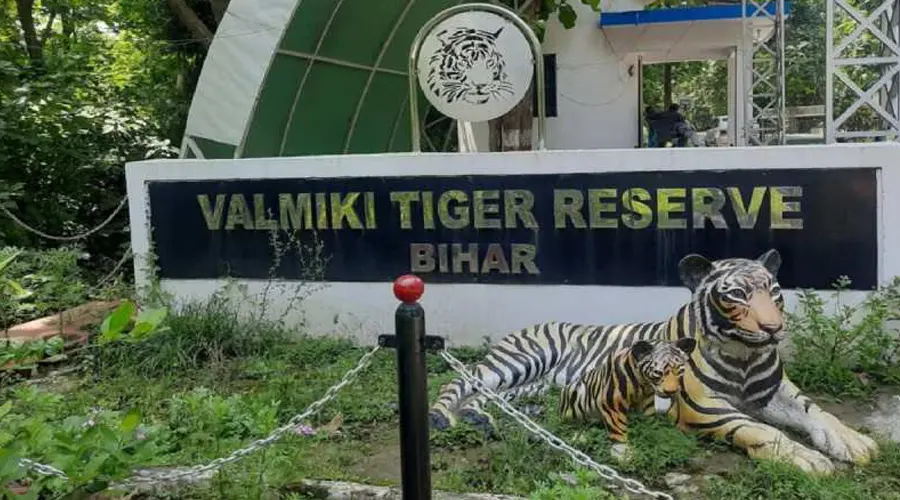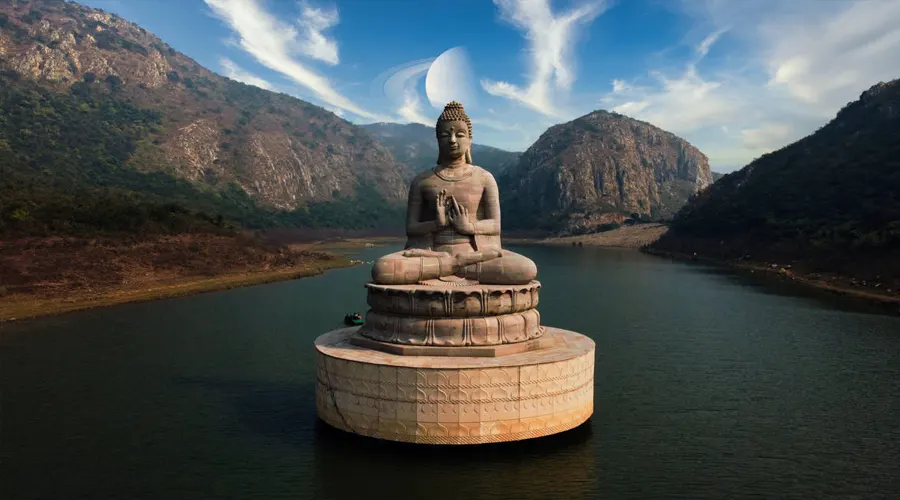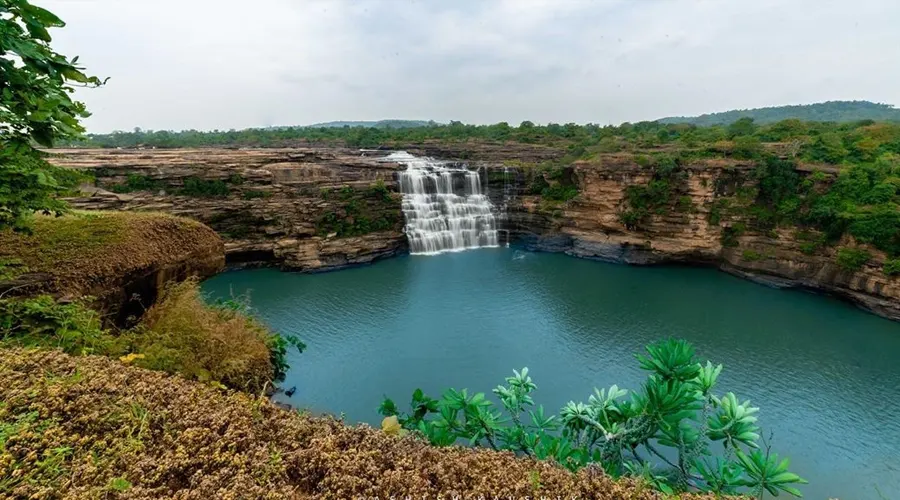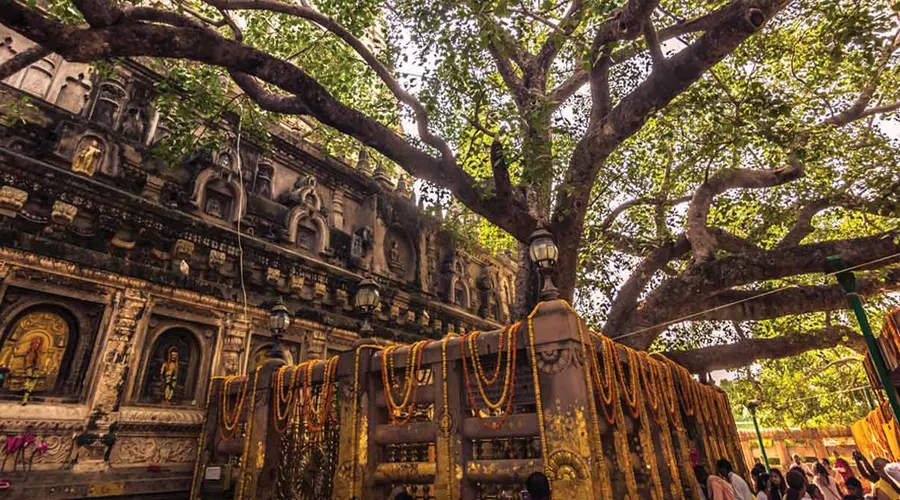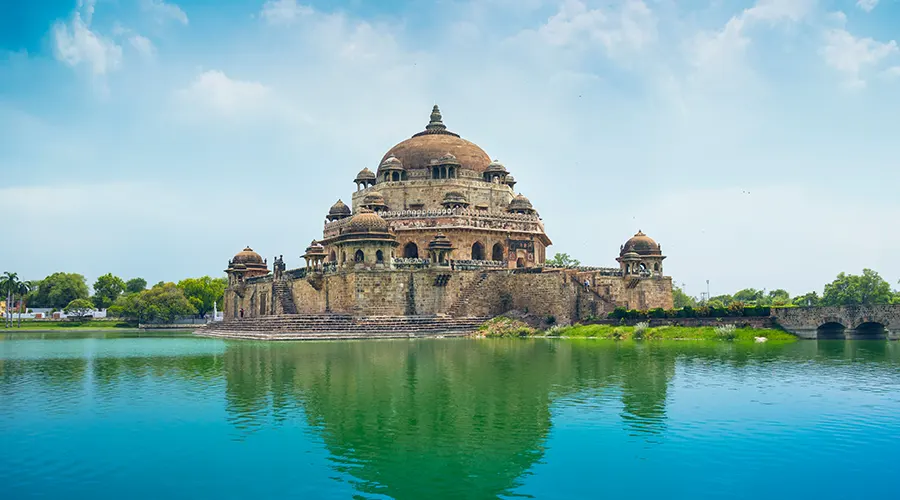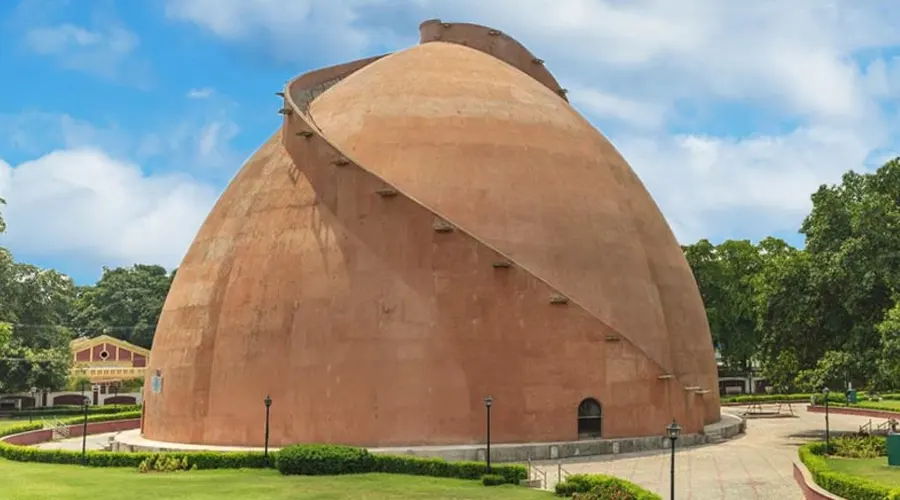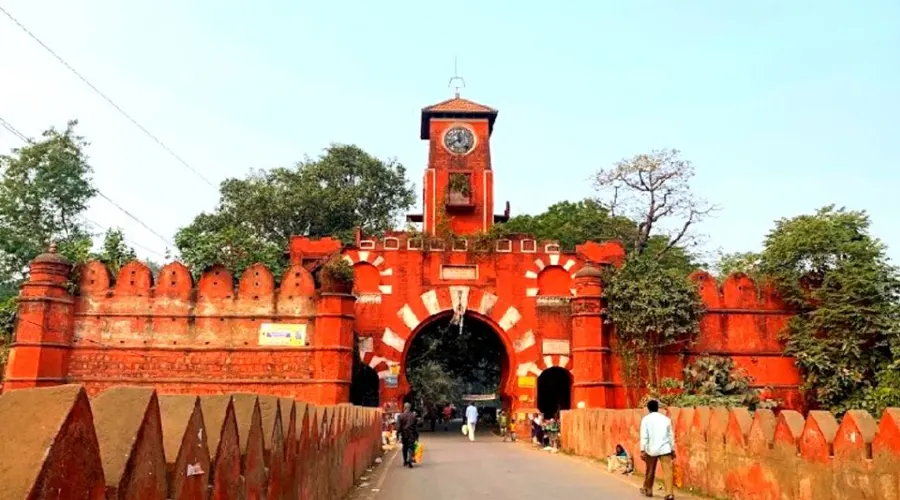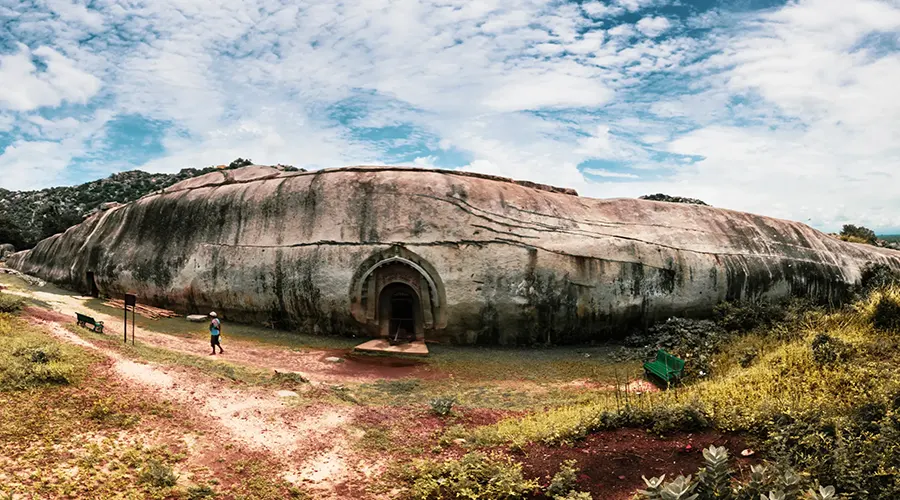Jal Mandir
Located in Pawapuri in the state of Bihar, Jal Mandir is a revered Jain temple which is dedicated to the 24th Tirthankara- Lord Mahavir. Also known as Apapuri, the gorgeous white marble temple marks the cremation spot of Lord Mahavir and is a sacred pilgrimage center of Jainism.
The gorgeous temple is constructed within a huge water tank that is filled pretty pink lotus flowers. Considered to be one of the top five Jain temples in the region, the temple has "Charan Paduka" or foot impression of Lord Mahavir as the central deity.
Legend of Jal Mandir
There is a local legend that circulates in the village even today. It is believed that Lord Mahavir attained Nirvana here and he was cremated here itself in the village. The cremation spot became a pilgrimage centre and all the pilgrims who visited the site took out chunks of soil from the earth considering them to be ashes of Lord Mahavir. Over time, a huge pit was created which was later filled up by water and lotus flowers. To commemorate the spot, a temple was later built in the centre of the tank.
Features of Jal Mandir
Jal Mandir sprawls over 16.8 acres of land area and is built in white marble. Surrounded by lotus flowers afloat on water, the striking architecture of the temple is the major draw. It is constructed in the shape of a ‘Vimana’ or a chariot and is deified by the footprints of Lord Mahavir. A 180 m bridge atop the water tank connects the temple to the bank. There are also a lot of diverse varieties of fish in the pond that you can feed.
History of Jal Mandir
Jal Mandir was constructed originally by the elder brother of Lord Mahavira, King Nandivardhan amidst the pond filled with Lotus flowers. Jal Mandir is one of the 5 temples in Pawapuri, where the footprint of Lord Mahavira is deified. Lord Mahavira was originally a prince of the Magadha Kingdom, which was then known as “Pawapuri” or “Madhyama Pawa”. At the age of 30, he became an ascetic.
During Chaturmas and between the months of ???rh (22 June To 22 July) and Kartik (October/November), the Jain nuns and monks stay at one sacred place and preach the teachings of the religion to the local people.
Architecture of Jal Mandir
Translating to "Temple In Water" in English, Jal Mandir is made of white marble and set within a water tank, which measures around 84 Bigha. The water surrounding the temple is covered with beautiful lotuses with the chariot-shaped temple sitting in the middle.
The water is home to many fish that are fed by the devotees and priests of the temple. The temple is connected to the bank of the water tank by a 600-foot-long stone bridge. During moonlit nights, Jal Mandir shines brightly offering a breathtaking sight to behold.

